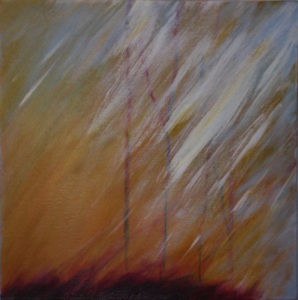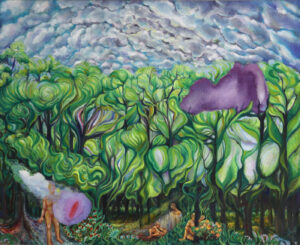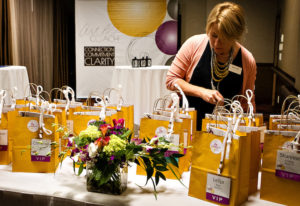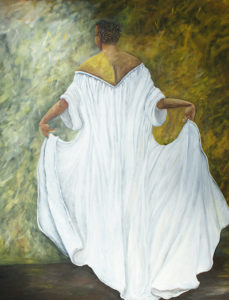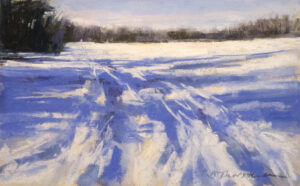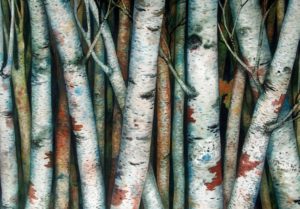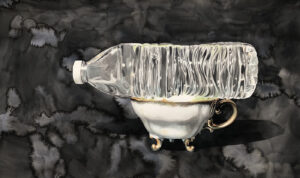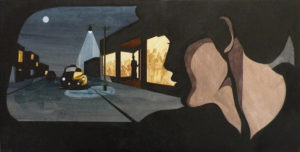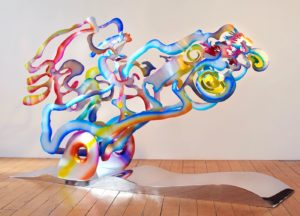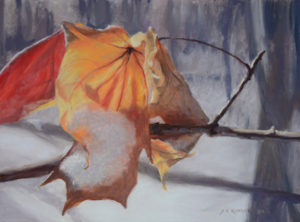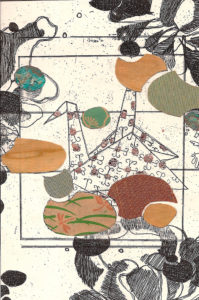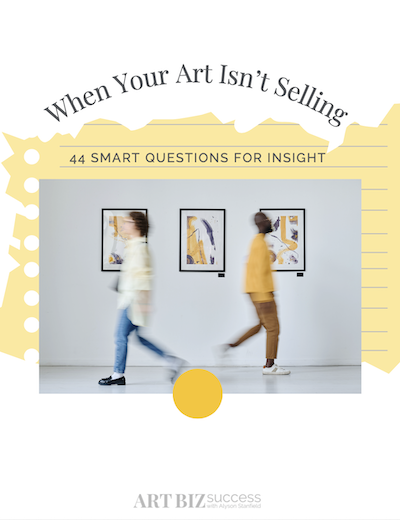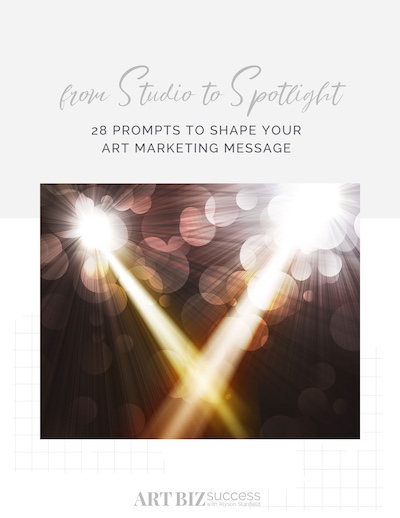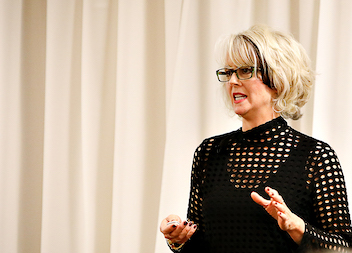
The Art Biz ep. 42: How Art Biz Success Is Evolving in 2020
One of the tenets I abide by can be abbreviated as A.B.E. Always Be Evolving.
Evolution, by definition, is something that happens over time. It’s usually not the result of a big bang!
You have to allow it to happen. And that’s a process I’ve learned to give into.
So I began thinking about what I really wanted for my students and coaching clients and what I want for myself. This last part is very important because if I’m not happy in my business, my team isn’t happy and my clients aren’t happy because I’m not performing at my highest level. I don’t give my best self.
Please note that the time stamps for the podcast playback.
Self-Inquiry and Insights
Over the last year, I’ve asked these questions repeatedly:
- What’s fun for me?
- What do I enjoy doing?
- What do I not enjoy doing?
- What do I have to stop doing because it sucks the life from my soul?
- What am I really good at? And where is the evidence of that?
By the way, I also ask my clients many of these same questions.
Here are the 3 major insights I had during this process.
- I enjoy working live and in person. I like to travel and hold the energy of a large group throughout a workshop.This can be exhausting, but it also feeds me. And I think I’m good at creating an excellent experience for workshop participants. I learn more when I’m there in person. However, I don’t enjoy launching ads, emails, and promotions to try to fill a room and then being on the hook for thousands of dollars to a venue
- I enjoy helping ambitious artists who have a solid studio practice. I enjoy helping them shore up their foundation or review everything they have in place as they prepare for growth and are ready for a new phase in their artist journey.My super power is helping artists create sustainable business systems that can support long-term growth. I do not enjoy working with wishy-washy artists who kinda sorta maybe think they might want to do something someday with their art. There are creativity coaches and therapists to help with that. It’s not my gift.
- I most enjoy working with artists who are more advanced in their careers. They have their foundation in place and are thinking beyond entry forms and juried shows. They’re carefully crafting their career course, and I’m good at helping them develop creative business strategies that can support their growth.
Those are the 3 insights for me: live and in person events, building systems for artists with a studio practice, and coaching more advanced artists for next-level growth.
That sets us up for this episode of the Art Biz Podcast. Team member Kristen O’Neill joined me for this special announcement about how these three insights are playing out in our business evolution in 2020.
Artist Brochures as Part of a Marketing Strategy
Are artist brochures a thing? In a word, yes. Do you need a brochure of your art? Probably not. Some artist brochures are better than others. Most are a waste of paper because they’re poorly designed, flimsy, look homemade (in a bad way), have poorly photographed art, or are considered by their creators to be a magic pill that will solve all of their marketing woes. Know that a brochure of your art is an
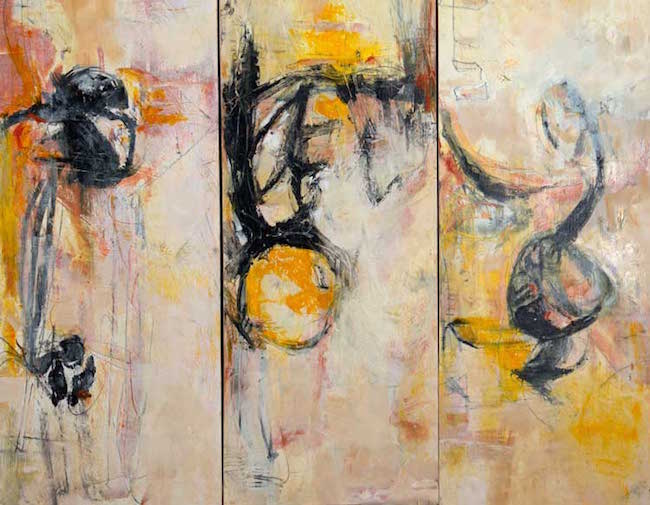
The #1 Priority for Artists
I am frequently on the receiving end of artists’ complaints about all of the computer work they have to do. There’s Facebook, Instagram, Pinterest, and then writing a blog post, sending an email, organizing photos … you know the list.
Yes, there is a lot of digital work that is required of today’s artists. And aren’t you lucky to have these free or low-cost tools that artists two decades ago didn’t have to share their art? (It’s a good idea to remember this now and then.)
In some instances, I find that artists who spend excessive amounts of time on the computer are doing so at the peril of their artwork.
In other words, they’re unconsciously doing it to avoid the studio work. And, let’s face it: The studio work is the harder work.
I don’t care how much you say you enjoy making art. When the pressure is on to show and sell your work, the creative process can be brutal.
It’s super easy to type, respond to comments, and “like” other people’s posts. You could waste all kinds of time doing that and that’s exactly what you’d be doing. Wasting time.
Don’t get me wrong: You can’t avoid these tasks entirely. But your days should be heavily weighted toward making art.
Are you using your computer work as an excuse to avoid engaging with your more important work?
You Are Not Alone
Please know that when you’re struggling to make art, you are not alone. All artists have phases that are more successful for creating than others.
It’s when the phase becomes your modus operandi that it is no longer acceptable. If you haven’t worked in the studio for days or weeks,
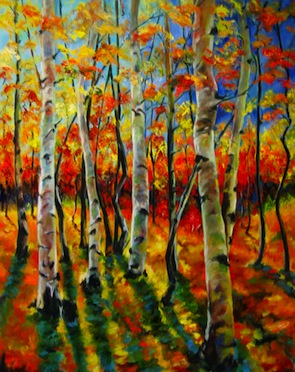
Artist Bio vs. Artist Statement vs. About Page
Are you confused about the difference between your artist biography and artist statement? I’m here to help!
See if these explanations give you a better picture of these two documents.
Artist Biography
Your professional artist bio is kind of like your résumé in paragraph form (but less boring). It highlights your top accomplishments—usually with the most recent and most important at top.
Your bio gets to the point. It’s not a place for you to share everything you’ve ever done or get into your personal life.
Your bio is written in 3rd person unless it’s an autobiography, in which case you’d use the 1st person.
Formula for a 3-Paragraph Artist Bio
Artist Statement
Your artist statement is about your art, not about you. More to the point, it’s about the current direction of your work, not a history of how you got to where you are now.
Your artist statement is written in the 1st person.
Is Your Artist Statement Written in First or Third Person?
There is no overseer of the perfect artist statement and bio that is going to come get you for not adhering to rules that never existed. Breathe a sigh of relief.
You can’t go wrong unless you have a bunch of type-os, use poor grammar, or don’t align your tenses.
Here are some guidelines for which tenses to use and when when you’re writing your artist statement and bio.
Your Artist Bio
Your bio is about you and your artistic accomplishments. It is not your life story.
It is written in the third person (otherwise, it would be an autobiography). It helps to think of it as your résumé in paragraph form.
Write it in reverse chronological order, acknowledging that your most important accomplishments are those that are most recent. You can open a bio with a short paragraph summarizing your current work. This can be taken from your statement and reworked for the bio format.
Your Artist Statement
In contrast to your bio, which is about your accomplishments, your statement is about your work—the current direction of your work, not the history of how you got to this point. It’s your opportunity to define a body of work before others respond to the work and define it for you.
Your statement—because it is a statement—is written in first person. It is not the definitive statement about your work forever and ever because your work changes. You must allow your statement to get better and to grow along with your art.
My litmus test for a good statement is
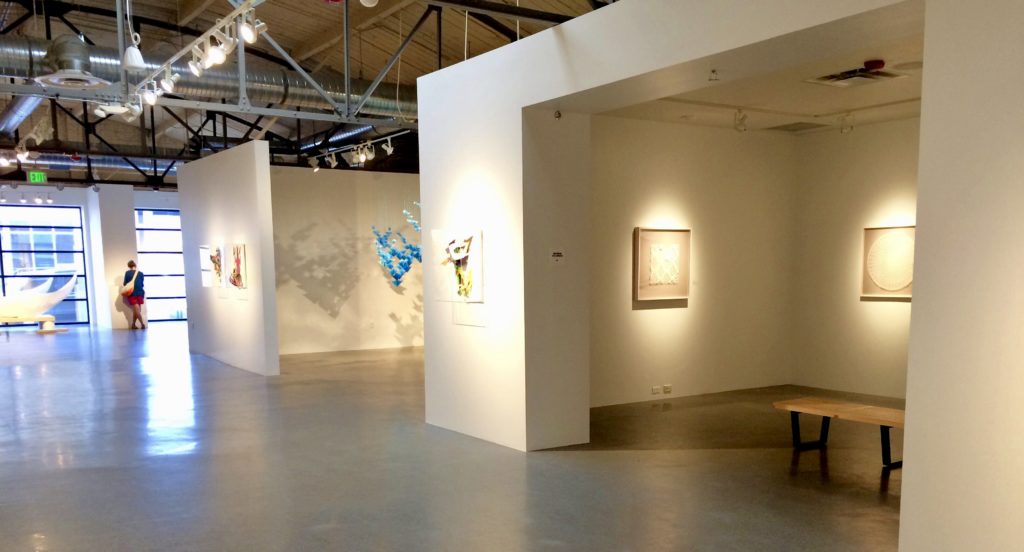
What To Include In An Art Exhibition Proposal
Exhibition proposals sound formal and intimidating, but they don’t have to be. This outline for writing an exhibition proposal is easy to follow and will help you gain confidence in proposing art shows to a variety of exhibit venues.
What Is Your Curatorial Thesis?
When you ask to show your art at a venue, you need to be very clear about what you are offering. People don’t often say Yes to vague offers.
Think about what ties the work together. This is your curatorial thesis – your big idea. Writing it out, as you’ll see below, helps you find the clarity you need.
Before sitting down to write your exhibition proposal, ask the venue if they have a particular exhibition proposal format they prefer. If they do, follow their instructions. If they don’t have specific guidelines, you’ll have to compile an exhibition proposal for yourself.
The details of your proposal will vary depending on whether you’re proposing a show at a coffee shop, a pop-up space, or a nonprofit gallery. You will have to judge what is appropriate for your situation.
Here are major components you’ll include.
Introduce Yourself in a Cover Letter
Personalize your cover letter with the correct name and spelling of the manager, exhibitions director, or curator. It’s much nicer to show you have done your homework than to start off with a generic To Whom It May Concern salutation.
I like to begin cover letters with an acknowledgement that I know something about the recipient. You could compliment them on a recent exhibition or say that you’ve been reading about them. You should also mention anyone you know who is associated with the venue – a patron, board member, or artist.
Thank the recipient for considering your proposal.
Document for Your Exhibition Proposal
The meat of your proposal is a document that outlines the particulars of the exhibition.
- Explain why your art is a good fit with the venue’s exhibition program.
- Describe the exhibition contents and

